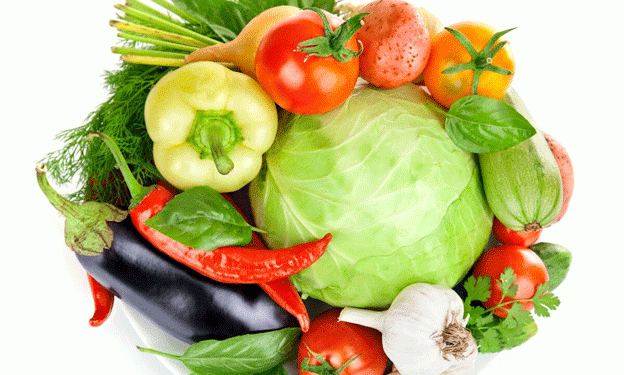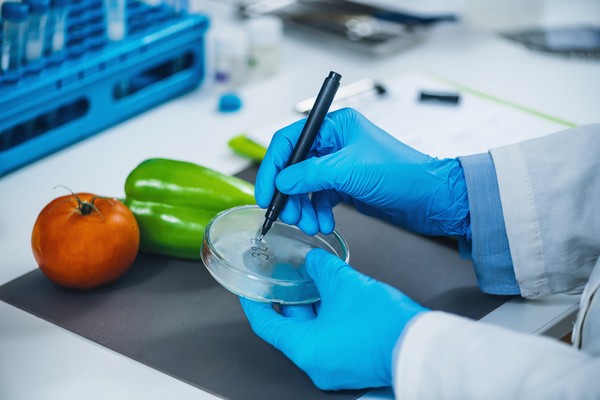Over the past decade, Russia has made significant strides in reducing its reliance on imported agricultural products. The country has focused on boosting domestic production, particularly in the sectors of apples, potatoes, and greenhouse vegetables such as cucumbers, carrots, and onions. This shift toward self-reliance is not just about meeting domestic demand; it is also about positioning Russian produce as a viable competitor on the international stage.
In a striking example of this trend, Russia has moved from being an importer to an exporter of certain vegetables. Just ten years ago, the country regularly imported cucumbers from Iran. Today, that situation has reversed, with Russia not only halting cucumber imports from Iran but also exporting to European countries like Poland. In 2023 alone, Russia exported approximately 6,000 tons of carrots and onions to Poland, a testament to the growing capacity and quality of Russian greenhouse farming.
Competitive Edge in the European Market
The increased export of Russian greenhouse vegetables is beginning to raise concerns in Europe. According to Dankvert, Russian produce could present a significant challenge to European vegetables, particularly as the cost of Western produce is expected to rise, potentially making it less competitive.
The shift in competitive dynamics is driven by several factors. First, advancements in Russian greenhouse technology have improved the quality and yield of domestic vegetables, allowing them to meet the stringent standards of the European market. Second, the relative affordability of Russian produce, bolstered by lower production and logistics costs compared to Western counterparts, makes it an attractive option for European buyers facing rising prices at home.
Challenges and Opportunities Ahead
Despite these gains, there are still challenges for Russian greenhouse vegetables in the European market. Trade barriers, including tariffs and phytosanitary restrictions, remain a significant obstacle. Moreover, the political climate between Russia and Europe could influence trade policies and consumer preferences, potentially limiting the expansion of Russian agricultural exports.
However, the potential for growth is substantial. As European consumers become more price-sensitive, especially in the face of economic pressures, the demand for competitively priced, high-quality vegetables is likely to increase. Russian producers who can maintain or improve their production standards while keeping costs low may find a receptive market in Europe.
The expansion of Russian greenhouse vegetable exports into Europe represents a significant development in global agricultural trade. As Russian producers continue to enhance their capabilities and increase their market presence, the competitive landscape in Europe could shift dramatically. For farmers, agronomists, and agricultural engineers, this trend underscores the importance of innovation, quality control, and strategic market positioning in an increasingly interconnected global economy.












